Sunday Fly Fishing Reading by Chat GPT
TOPIC: HISTORY OF FLY FISHING
The following is an article I created using Chat GPT. Enjoy the reading along with your Sunday morning coffee. Imagine some of the fakery to come? Fake fly fishers. Fake knowledge. Fake businesses. But, you can’t fake a fish … or, can you?
Unveiling the Ancient Artistry: Tracing the Origins of Fly Fishing
Fly fishing, a mesmerizing blend of skill, patience, and artistry, has captured the hearts of anglers and nature enthusiasts for centuries. Its history, interwoven with diverse cultures and evolving techniques, reveals a captivating journey that spans continents and epochs. From its humble beginnings to its modern-day allure, the origins of fly fishing offer an enthralling tale of human ingenuity and our deep connection to the natural world.
Ancient Roots: Birth of a Technique
The art of fly fishing dates back to antiquity, with origins rooted in the fertile crescents of Egypt, Greece, and Macedonia. Historians suggest that ancient fishermen utilized rudimentary forms of fly fishing to capture fish that frequented the surface of water bodies. These early techniques involved the use of handmade lures fashioned from feathers, animal fur, and bits of fabric, mimicking the insects that fish fed upon.
In Macedonia, the renowned philosopher Aristotle made mention of a rudimentary form of fly fishing in his writings, describing how Macedonian anglers used artificial flies to catch fish. This reference, though vague, hints at the presence of early fly fishing practices that laid the foundation for the sophisticated techniques we know today.
Medieval Europe: The Evolution Begins
The medieval period witnessed the gradual refinement of fly fishing techniques in Europe. The tackle evolved, with anglers crafting hooks from materials like iron and bronze and creating more intricate artificial flies. One of the earliest recorded fly fishing manuals, “Treatyse of Fysshynge wyth an Angle,” authored by Dame Juliana Berners in the 15th century, provided insights into the art of fly fishing during this era.
As Europe emerged from the Middle Ages and entered the Renaissance, the development of fly fishing began to accelerate. The use of silk lines and tapered leaders became common, allowing for more delicate presentations of flies on the water’s surface. The concept of “matching the hatch,” or selecting flies that imitate local insects, started to gain prominence, emphasizing the importance of observation and mimicry.
18th and 19th Centuries: Rise to Prominence
The 18th and 19th centuries marked a pivotal period in the history of fly fishing. The publication of Izaak Walton’s “The Compleat Angler” in 1653 provided a comprehensive guide to various fishing methods, including fly fishing, and further propagated the art across England and beyond.
In the 19th century, advancements in technology and materials led to the refinement of tackle, with the development of split bamboo rods and improved reel designs. This era also witnessed the rise of angling clubs and associations, creating a platform for anglers to exchange knowledge and techniques. The establishment of The Flyfisher’s Club in London in 1884 stands as a testament to the growing popularity and influence of fly fishing.
Modern Age: A Global Pursuit
The 20th century brought fly fishing into the modern age, with innovations in materials, manufacturing, and communication revolutionizing the sport. Synthetic materials replaced natural ones, allowing for greater durability and versatility in fly designs. Travel and global communication facilitated the exchange of ideas, leading to the fusion of techniques from various cultures and regions.
Today, fly fishing has transcended its utilitarian origins, evolving into an artful pursuit that combines technical skill with a deep appreciation for nature. Anglers explore diverse environments, from pristine rivers to remote lakes, armed with a plethora of fly patterns and techniques. Conservation efforts have also become intertwined with fly fishing, as enthusiasts recognize the importance of preserving ecosystems for future generations.
In Conclusion
The origins of fly fishing are a rich tapestry woven from the threads of history, culture, and innovation. From the ancient anglers of Egypt to the sophisticated techniques of the modern era, fly fishing has grown into a global pursuit that bridges the gap between art and sport. As anglers cast their lines, they continue a legacy that extends back through time, celebrating the intricate dance between human creativity and the natural world’s mysteries.
Category: Complimentary Reading, Life Observed, Sunday Summary








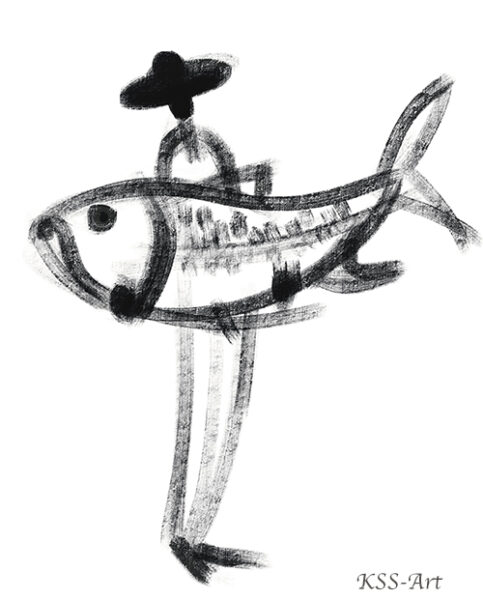





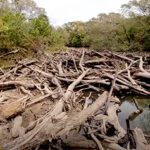




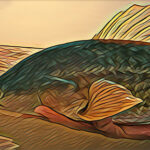
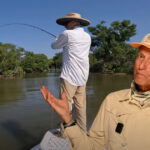

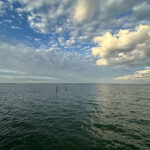
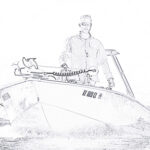
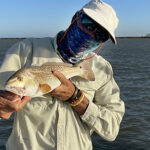
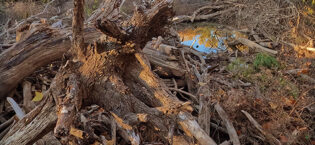
I may have to let this one fester a bit before popping it. Seems like someone would have something to say about my new author?